| Touchscreen Display | The main interface where users interact with the kiosk. | 1. Design and Sourcing: Identify the appropriate size and type of touchscreen. |
| Enclosure/Chassis | The protective casing that houses all internal components. | 2. Metal Fabrication: Cut, bend, and weld metal sheets to form the chassis. |
| Processor/Computer | The internal computer that runs the kiosk software. | 3. Component Assembly: Install the processor, RAM, storage, and motherboard. |
| Payment System | Includes card readers, NFC modules, and cash dispensers for handling payments. | 4. Integration: Integrate payment systems with the internal computer and security systems. |
| Printer | Prints receipts or tickets for transactions. | 5. Peripheral Installation: Mount and connect the printer inside the kiosk. |
| Connectivity Modules | Wi-Fi, Ethernet, or cellular modules for network connectivity. | 6. Wiring and Connections: Connect all components with appropriate wiring and ensure power supply. |
| Security Features | Cameras, locks, and encryption software to ensure secure transactions. | 7. Security Configuration: Install and configure security components like cameras and encryption. |
| Cooling System | Fans or air vents to maintain optimal temperature inside the kiosk. | 8. Cooling Installation: Install cooling fans or design ventilation paths within the enclosure. |
| Operating System and Software | The software that powers the kiosk’s functions, including the user interface. | 9. Software Installation: Load the operating system and custom kiosk software onto the computer. |
| Final Assembly and Testing | Ensures all components are properly installed and functioning. | 10. Final Assembly: Assemble the kiosk, run tests for hardware and software functionality, and quality check. |

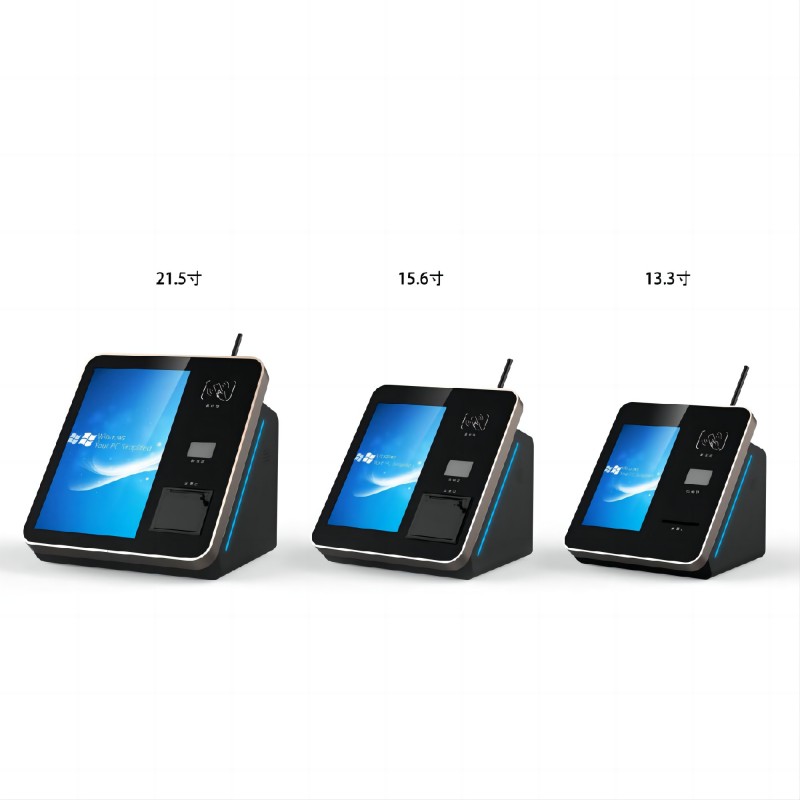

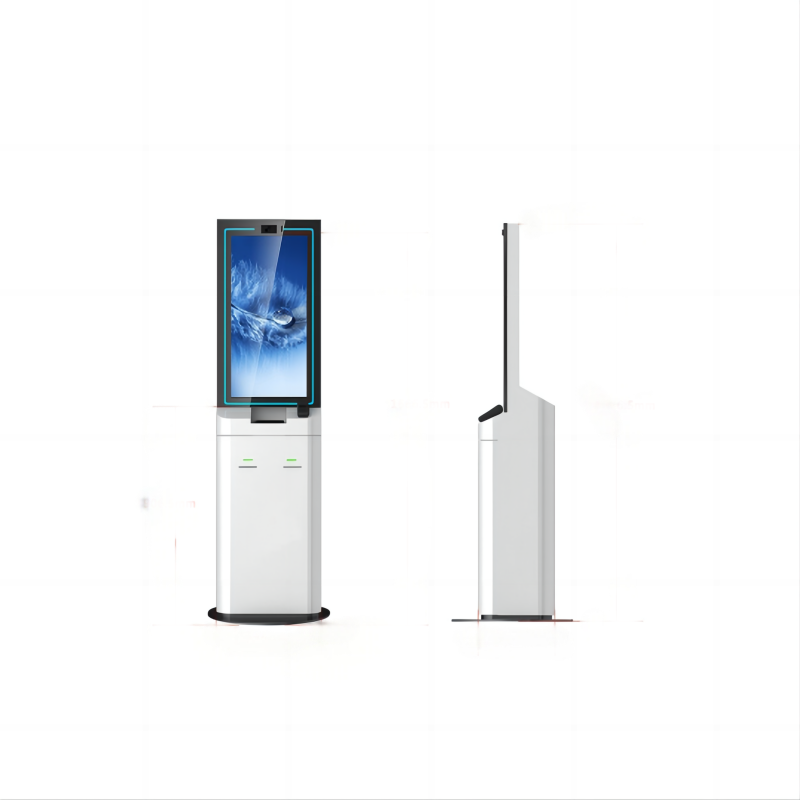
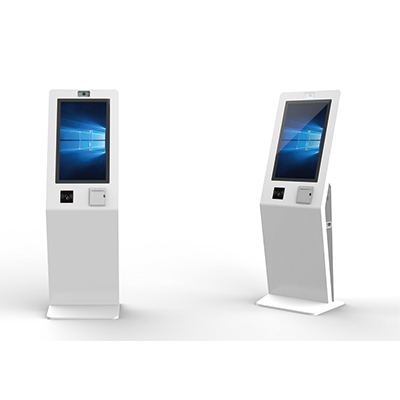
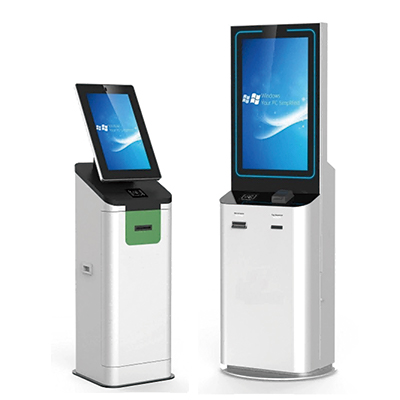
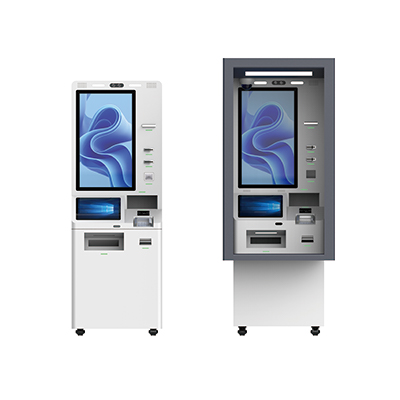
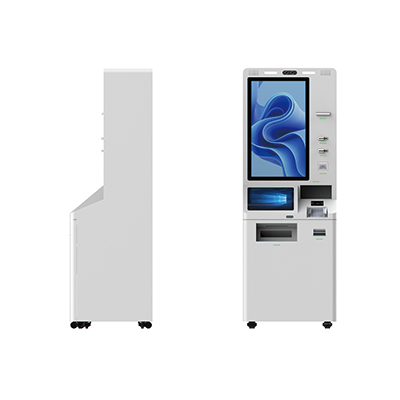

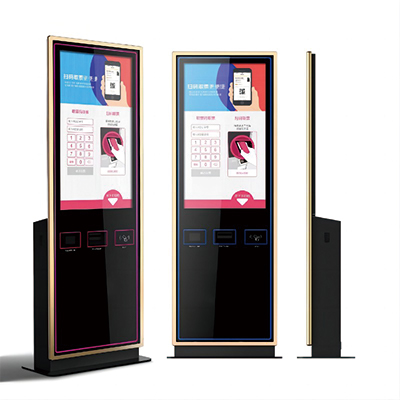
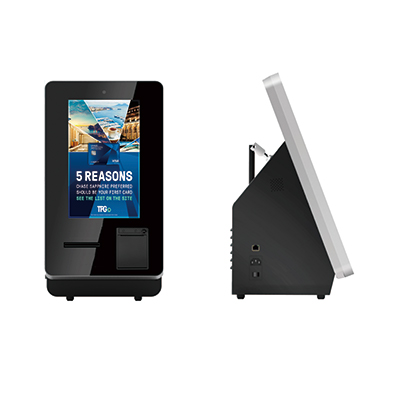
What did our happy clients say?
We’re thrilled with our new self-service kiosk machine! It’s user-friendly, sleek, and has significantly reduced wait times. Excellent support from the manufacturer during setup and training. Highly recommend!
The self-service kiosk we purchased has transformed our customer service experience. It’s reliable, efficient, and the customization options were perfect for our needs. Great value for the investment!
Our new self service kiosk machine has exceeded our expectations. The installation was smooth, and the ongoing support has been top-notch. It’s a fantastic addition to our business. Thanks for the great product!
We’re very satisfied with our self-service kiosk machine. It’s easy to use, looks professional, and has streamlined our operations. The customer service from the manufacturer was exceptional throughout the process.